Bombax ceiba
Bombax ceiba
1. The products in our compound library are selected from thousands of unique natural products; 2. It has the characteristics of diverse structure, diverse sources and wide coverage of activities; 3. Provide information on the activity of products from major journals, patents and research reports around the world, providing theoretical direction and research basis for further research and screening; 4. Free combination according to the type, source, target and disease of natural product; 5. The compound powder is placed in a covered tube and then discharged into a 10 x 10 cryostat; 6. Transport in ice pack or dry ice pack. Please store it at -20 °C as soon as possible after receiving the product, and use it as soon as possible after opening.
Natural products/compounds from Bombax ceiba
- Cat.No. Product Name CAS Number COA
-
BCN4937
Taraxeryl acetate2189-80-2
Instructions
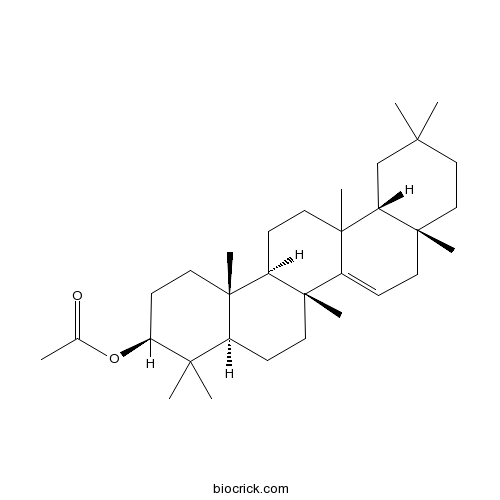
-
BCN5535
Mangiferin4773-96-0
Instructions

-
BCN4831
Citropten487-06-9
Instructions
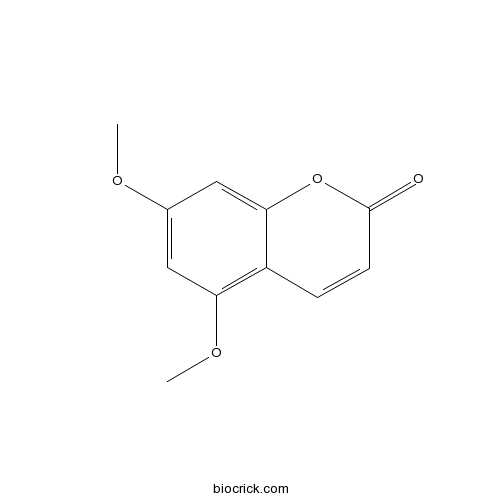
-
BCN3408
Gentisic acid490-79-9
Instructions
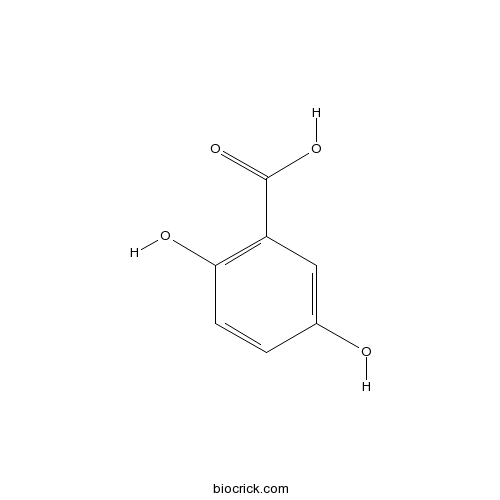
-
BCN5636
Taraxerone514-07-8
Instructions
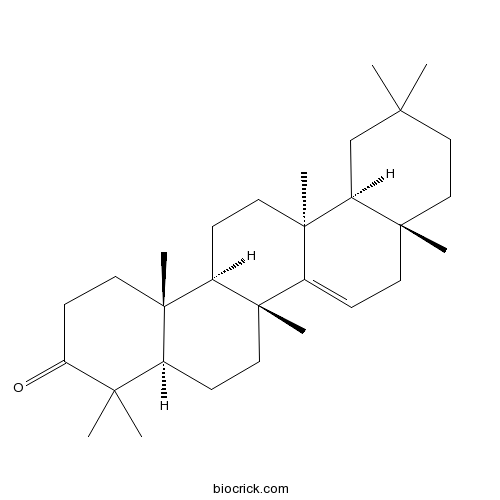
-
BCN5701
Scopolin531-44-2
Instructions
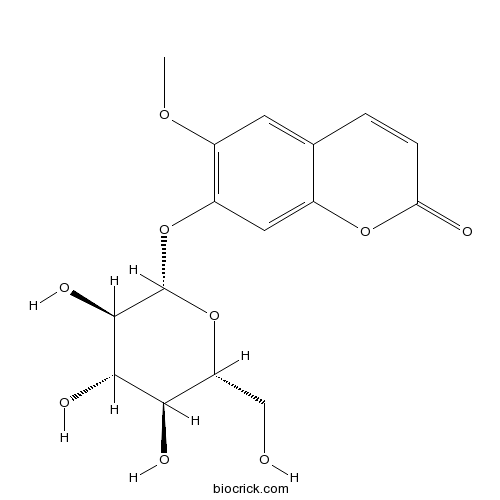
-
BCN5904
Esculin531-75-9
Instructions
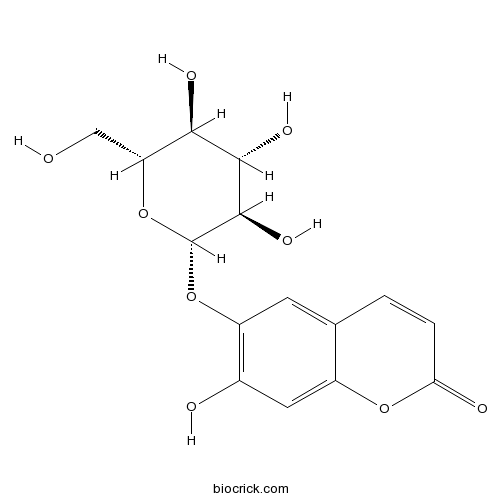
-
BCN1206
Palmitic acid57-10-3
Instructions
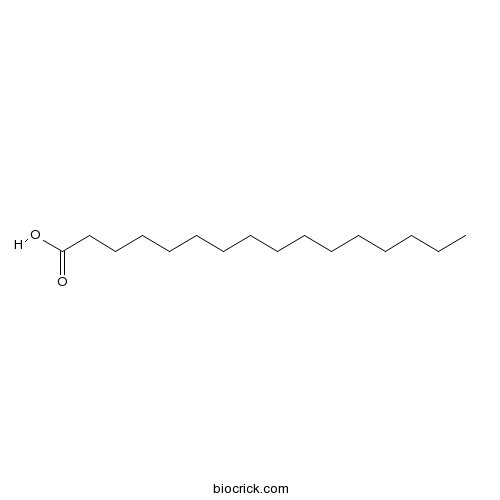
-
BCN4537
3,4-Dihydroxybenzoic acid99-50-3
Instructions
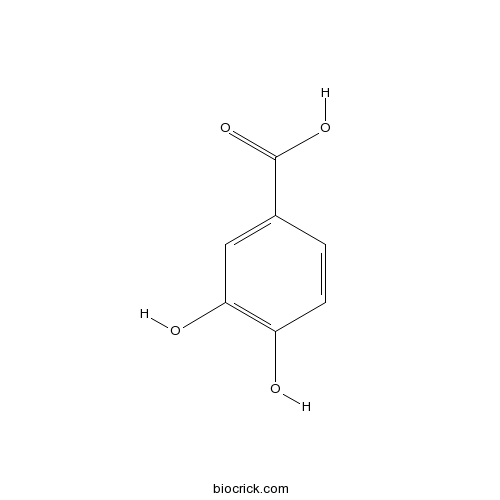
In-vitro osteoblast proliferation and in-vivo anti-osteoporotic activity of Bombax ceiba with quantification of Lupeol, gallic acid and β-sitosterol by HPTLC and HPLC.[Pubmed: 30086745]
Bombax ceiba is used traditionally to treat bone disorders, rheumatism, and joint pain. The aim of the study is to carry out osteogenic activity in-vitro and anti-osteoporotic activity in-vivo of stem bark of B. ceiba in surgical ovariectomy model in female rats.
De novo genome assembly of the red silk cotton tree (Bombax ceiba).[Pubmed: 29757382]
Bombax ceiba L. (the red silk cotton tree) is a large deciduous tree that is distributed in tropical and sub-tropical Asia as well as northern Australia. It has great economic and ecological importance, with several applications in industry and traditional medicine in many Asian countries. To facilitate further utilization of this plant resource, we present here the draft genome sequence for B. ceiba.
Report: Phytochemical screening and antimicrobial activities of red silk cotton tree (Bombax ceiba L.).[Pubmed: 29716878]
None
Effects of ethanol extract of Bombax ceiba leaves and its main constituent mangiferin on diabetic nephropathy in mice.[Pubmed: 28939022]
None
Antihyperglycemic, antihyperlipidemic and antioxidant effects of standard ethanol extract of Bombax ceiba leaves in high-fat-diet- and streptozotocin-induced Type 2 diabetic rats.[Pubmed: 28411685]
None
Protective effects of Cambodian medicinal plants on tert‑butyl hydroperoxide‑induced hepatotoxicity via Nrf2‑mediated heme oxygenase‑1.[Pubmed: 27959441]
Liver diseases are considered to be primary contributors to morbidity and mortality rates in humans. Oxidative stress is critical in liver injury, and oxidant‑induced liver injury may be caused by toxins, including tert‑butyl hydroperoxide (t‑BHP). The present study investigated the hepatoprotective activities of 64 crude ethanol extracts of Cambodian medicinal plants against t‑BHP‑induced cytotoxicity in human liver‑derived HepG2 cells, and assessed their cytoprotective mechanism pertaining to the expression of heme oxygenase (HO)‑1 and nuclear factor E2‑related factor 2 (Nrf2). Protective effects in HepG2 cells were determined by MTT assay. Protein expression levels of HO‑1 and Nrf2 were determined by western blotting and mRNA expression levels were determined by reverse transcription‑quantitative polymerase chain reaction. Of the 64 extracts, 19 extracts exhibited high hepatoprotective activities: Ampelocissus martini, Bauhinia bracteata, Bombax ceiba, Borassus flabellifer, Cardiospermum halicacabum, Cayratia trifolia, Cinnamomum caryophyllus, Cyperus rotundus, Dasymaschalon lomentaceum, Ficus benjamina, Mangifera duperreana, Morinda citrifolia, Pandanus humilis, Peliosanthes weberi, Phyllanthus emblica, Quisqualis indica, Smilax glabra, Tinospora crispa and Willughbeia cochinchinensis, with half maximal effective concentrations ranging between 59.23 and 157.80 µg/ml. Further investigations revealed that, of these 19 extracts, HO‑1 and Nrf2 were expressed in P. weberi and T. crispa expressed in a dose‑dependent manner. In addition, the activities of reactive oxygen species were suppressed following treatment of these two extracts in t‑BHP‑induced HepG2 cells. These results indicated that, of the 64 Cambodian plants, P. weberi and T. crispa exhibited hepatoprotective effects on t‑BHP‑induced cytotoxicity in HepG2 cells, possibly by the induction of Nrf2‑mediated expression of HO‑1. Taken together, these results suggested that T. crispa or P. weberi may offer potential for therapeutic applications in liver disease characterized by oxidative stress.


